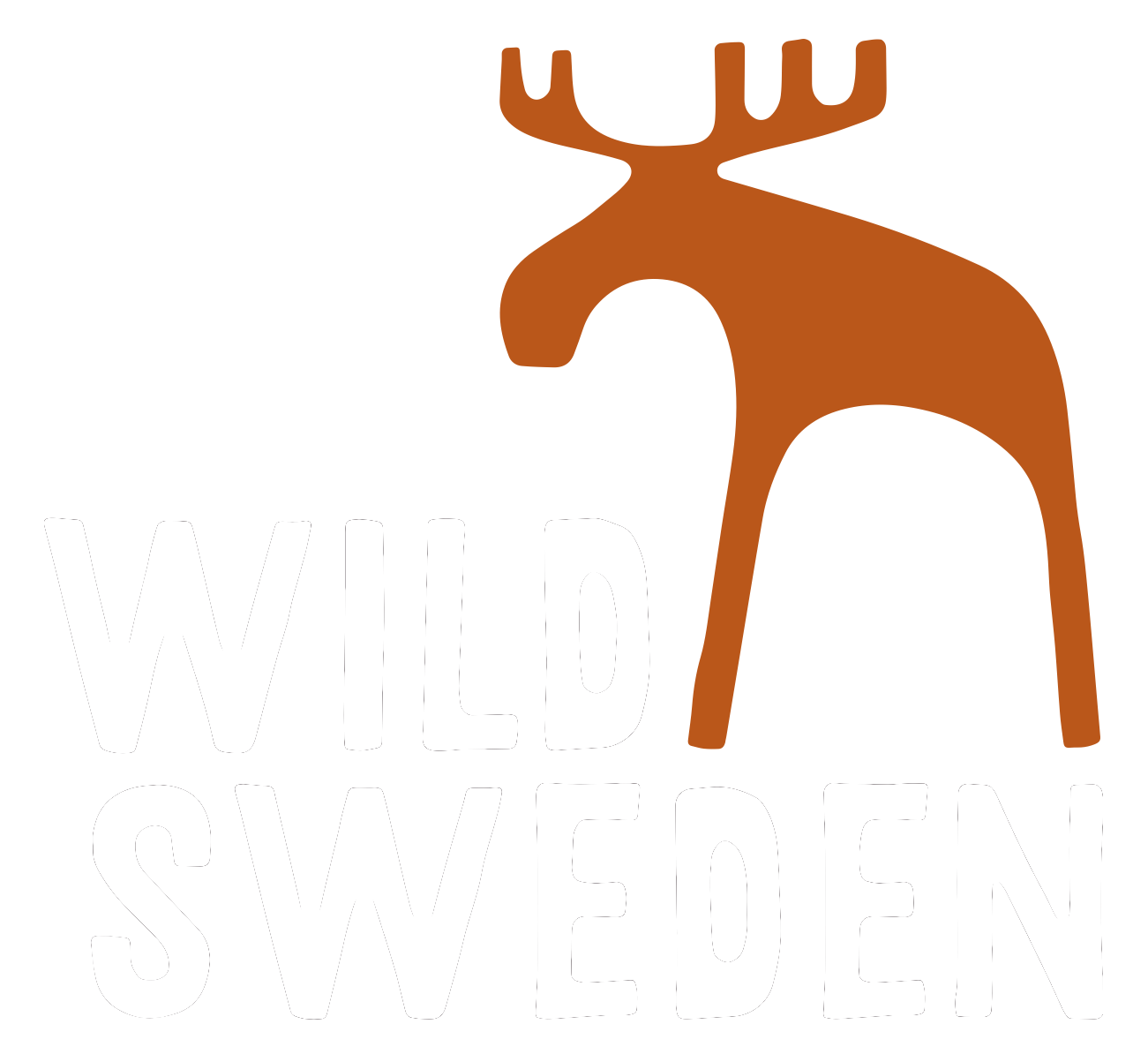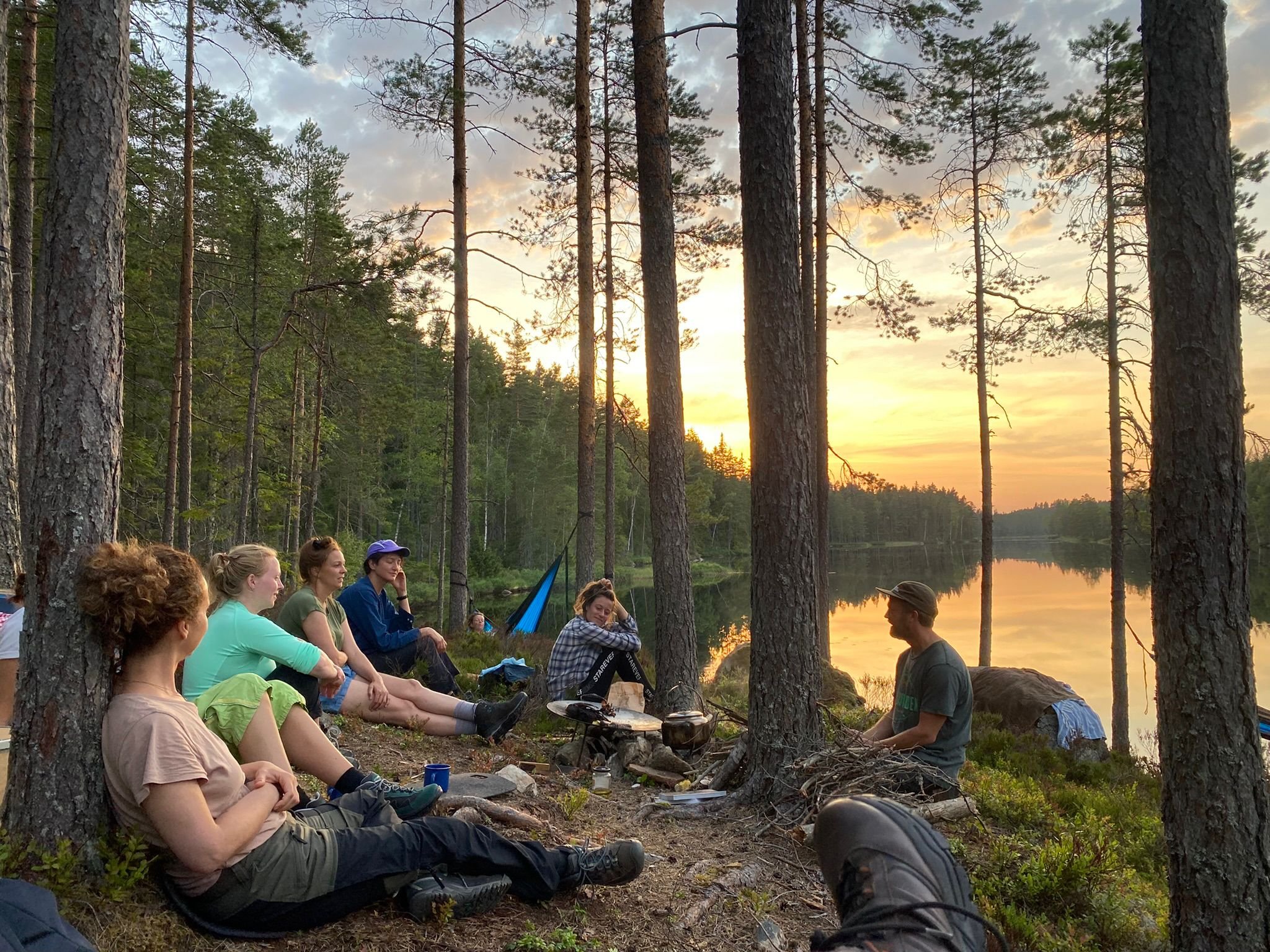Large photo: Håkan Vargas
Facts about bears in Sweden
Sweden is full of natural wonders, and the brown bear is just one of the many amazing creatures that call this country home. With their impressive size and strength, Brown bears are a symbol of the wild and untamed landscapes of Sweden. In this article, we'll take a closer look at the brown bears in Sweden and learn some fascinating facts about these magnificent animals.
Scientifical name: Ursus arctos
Size: The size of brown bears in Sweden varies greatly. Normal weights are 60-100 kg (females) and 100-250 kg (males). Large males can weigh up to 300 kg or more. The largest wild bear recorded in Sweden weighed 343 kg. They can grow to be 100-280 cm long with a shoulder height of up to 135 cm.
Appearance: A large, brown animal with rounded features, a large head, a hump over the shoulders, and a sloping back. The paws are large and wide, and the tail is short.
Family: The brown bear is one of eight bear species in the family of bears. The largest brown bears are found in Kamchatka and Kodiak. The Brown bear is also called Grizzly in North America.
Distribution: Europe, North America, and Asia. In Sweden, they are mainly found in the northern and central parts of the country.
Reproduction: Cubs are born in January-February, during the hibernation period. Bears give birth to 1-4 cubs, but the most common number is 2-3. The cubs are remarkably small when they are born, about the size of a guinea pig.
Diet: Bears are omnivores and mainly eat ants, berries, and plants, but they also eat carrion and occasionally take reindeer or moose. During the winter when they are hibernating, they do not eat or drink at all.
Density of brown bear, based on collected scat samples. Source: Scandinavian Brown Bear Research Project.
Where to see Brown Bears in Sweden
The brown bear is found throughout Northern Sweden. They prefer dense coniferous forests rich in berries. Some of the most popular areas for brown bear sightings in Sweden include the forests of Central Sweden such as Hälsingland, Dalarna and Jämtland.
The easiest way to see bears in the wild is to spend the night in a brown bear watching hide.
Young brown bear seen from a photo hide. Photo: Jan Nordström
Observing Brown Bears in the Wild
Observing brown bears in the wild can be a thrilling and rewarding experience, but it's important to do so responsibly. The most common way to observe them is from a purpose built photo hide cabin where a trained guide is permitted to attract bears with bait like apples or meat. There are a number of brown bear watching hides available in Sweden that allow visitors to see brown bears up close in their natural habitat.
By learning more about them and observing them in their natural habitat, we can gain a deeper appreciation for the beauty and diversity of our natural world.
Female Brown bear with her cubs. Photo: Håkan Vargas
Behavior and Diet of Brown Bears
Brown bears in Sweden are omnivores and will eat a wide variety of foods, including berries, roots, insects, and small mammals. They are also known to prey on larger animals such as calves from moose and reindeer.
Brown bears are solitary animals, and adult males can have home grounds of up to 500 square kilometers. Females, on the other hand, have smaller home grounds of around 100 square kilometers. Brown bears are also known for their incredible strength and agility. They are powerful swimmers and can run up to 50 kilometers per hour, making them one of the most formidable predators in the animal kingdom.
This graph shows the development in the number of brown bears in Sweden until 2017 when the last national survey was conducted.
How many bears are there in Sweden?
The result from the population estimate in 2017 showed that there were approximately 2,800 bears in Sweden. The next survey will be made during 2023. We believe the population has decreased unfortunately.
Brown bear in the wild. Photo: Sara Wennerqvist
Conservation Status of Brown Bears in Sweden
Brown bears were once hunted to near extinction in Sweden, but conservation efforts have helped to bring their populations back from the brink. Today, there are an estimated 2,800 brown bears living in Sweden. There is a licenced hunting quota with between 300-600 bears hunted each year. Conservation efforts in Sweden have focused on promoting coexistence between bears and humans to reduce conflict.
More interesting facts about bears
Brown bears are the largest land predator in Europe and can weigh up to 300 kg.
Sweden is home to an estimated 2,800 bears.
Brown bears are most active at dawn and dusk and spend most of the day sleeping or resting in the shade.
Females give birth to one to four cubs, usually in January or February, and the cubs remain with their mother for about two and a half years.
Brown bears can live up to 30 years in the wild, although most bears die before reaching this age due to hunting, disease, or accidents.
Brown bears hibernate during the winter months and can survive for up to seven months without eating or drinking.
Despite their size and strength, brown bears are typically shy and will try to avoid human contact, although they can be dangerous if they feel threatened or cornered.
Although you may be lucky to see bears in the wild while hiking in the forest or in the mountains, by far the safest way to see bears in from purpose built bear watching hides where the chances of being bears is much higher.









